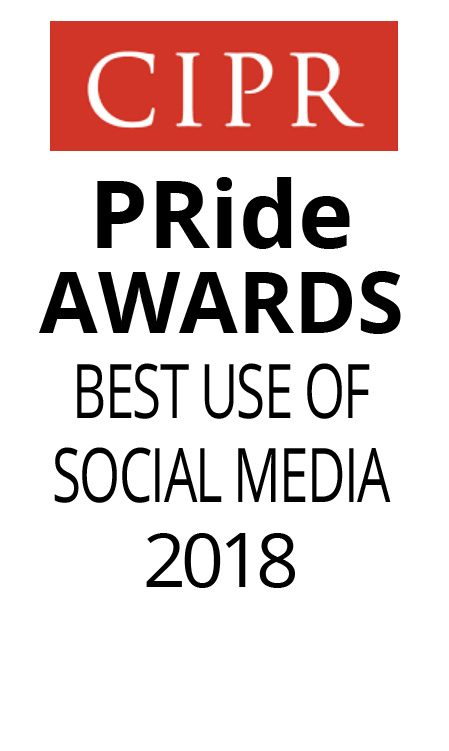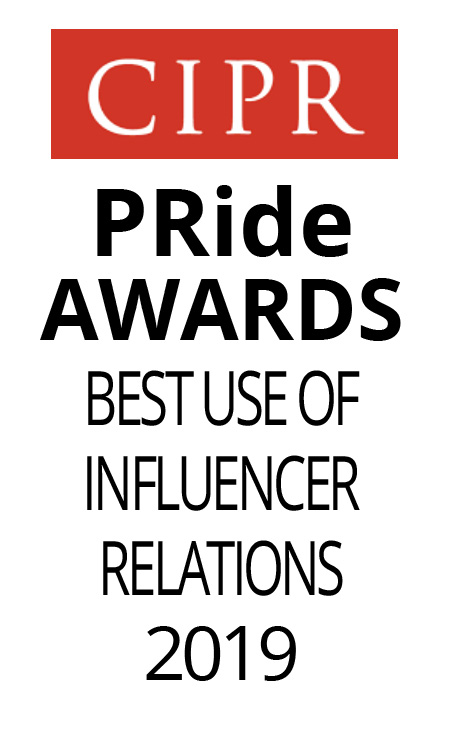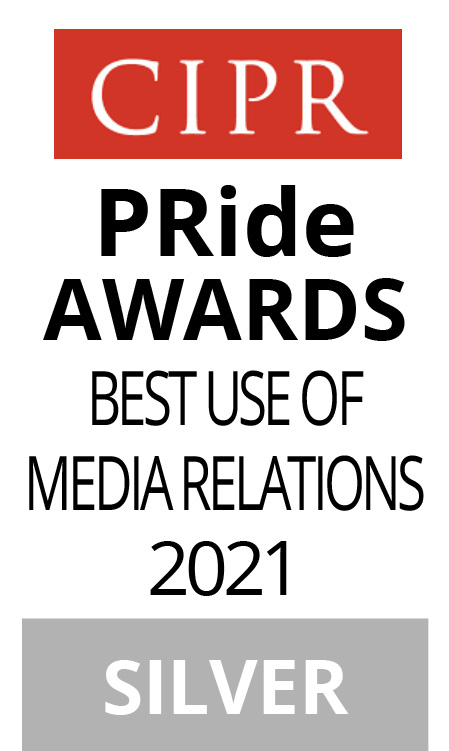For some campaigns, an effective internal communication campaign can be more important that the external one. What factors should you take into account when developing a strategy? Here’s a checklist of factors to take into account.
1. Give advance warning of what you’re planning to do. Produce notices & send emails flagging up what is happening, change or update them, or issue new ones at regular intervals. People quickly become immune to a poster, and people can miss emails or forget so remind them at regular intervals
2. Make a time timetable and stick to it. Nothing is more demotivating than putting things back. Everyone understands that other things have to become a priority, but nevertheless it still saps morale a little bit when an event or agreed activity doesn’t take place. Routine postponements are corrosive e.g. delayed appraisals or meetings.
3. Don’t over promise. Don’t instigate something you can’t deliver on. Find out if you can deliver by checking on all the people involved in each stage ie. due diligence/ site recce / time and motion study. E.g. could you make a meeting every Friday or is that a bad time because there’s a weekly report to submit and Thursday would be better? Could you collect all your green waste in that bin or is it too far to walk and would slow down the production line?
4. Make your communication as visual as possible and use a variety of communication methods to communicate the same point. Not everyone takes in information from written communication – a lot of people don’t actually – so if possible use a photo or graphic to communicate a message. Do not rely on just saying the same thing in slightly different ways (e.g. several emails). Try a picture, or make video of the MD talking about the plan, or publish a video once a month.
5. For big change try to organise an event which demonstrates or encapsulates that change in a physical way. Kinaesthetic learning is a great way to really make people feel the change – engage. E.g. if you’re setting new targets, have a sports day and include shooting at targets. If you have to reorganise the office, have a game of musical chairs. It’s cheesy but memorable.
6. Consider guerrilla tactics and humour. To engage people you have to get them to notice and respond or react. Surprise them with a notice in an odd place, or a teaser campaign (this if you’re planning a big staff engagement event)
7. Check language barriers. In factories and manufacturing plants English may not be the mother tongue of many staff. Having a translator – and this might be another employee – could be important especially if communicating safety issues such as new working practices.
8. Watch out for cultural differences. Again might be factories or places in ethnic areas but watch out for events at special times e.g. Ramadan when Muslims are very tired during the day.
9. Set clear targets and explain them. They might be crazy or really hard to achieve and a little bit depressing, but at least try to explain the rationale and bring people along with you. E.g. we need to achieve zero food waste to landfill as food rotting in landfill creates methane which is a green house gas twenty times more powerful than CO2.
10. Feedback information regularly. Have a central notice board, or a regular email bulletin, or staff newsletter (e.g. Mail Chimp you can then see who has clicked through etc) and tell people what has happened. If nothing has happened tell them that!
11. Share success E.g. If you want academic staff to come forward with more ideas for PR, circulate the coverage when it is achieved with a note from the VC .
12. Offer rewards and deliver on them scrupulously. E.g. if you promise to achieve zero waste to landfill, and you will give all staff a days outing if the site achieves that target, then you must deliver your promise!









